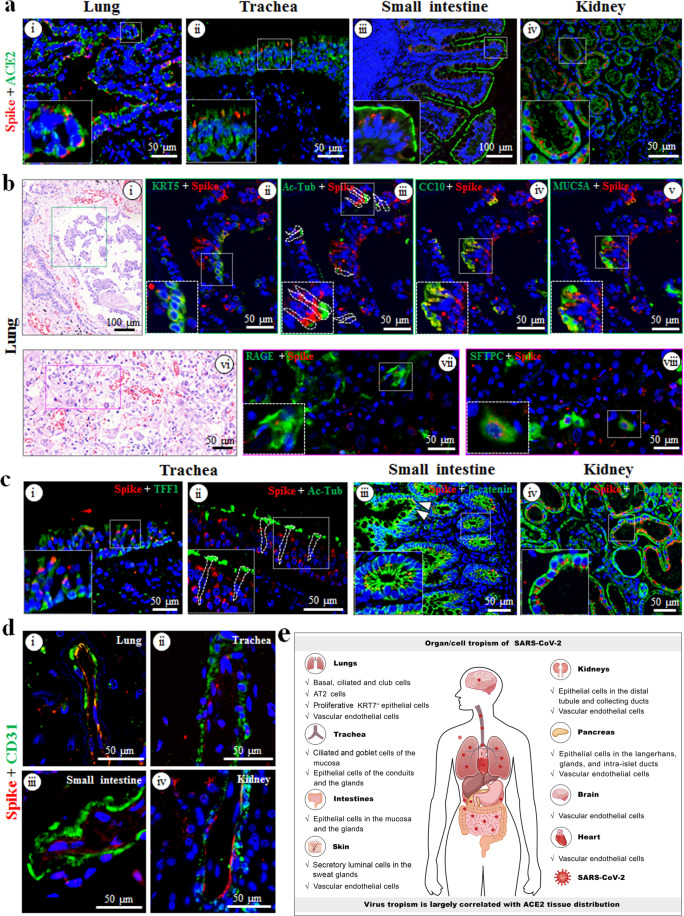Fig. 1. Detection of multiorgan infection and cell tropism of SARS-CoV-2 in postmortem samples.
a Co-localization analysis of SARS-CoV-2 (spike proteins, red) and ACE2 (green) in the lung (i), trachea (ii), small intestine (iii), and kidney (iv) via dual-immunofluorescent staining. b Characterization of SARS-CoV-2-positive cell tropism in the lung. Co-localization of SARS-CoV-2 (spike proteins, red) with cell type-specific markers (green) was determined via multiplex-immunofluorescence staining. KRT5 (ii), Ac-Tub (iii), CC10 (iv), MUC5A (v), RAGE (vii), and SFTPC (viii) were used for basal, ciliated, club, goblet, AT1, and AT2 cells, respectively. The corresponding hematoxylin and eosin staining figures were shown in (i) and (vi), respectively. c Characterization of SARS-CoV-2 positive cell types in the trachea (i and ii), small intestine (iii), and kidney (iv). TFF1 was used for goblet cells (i), and Ac-Tub for ciliated cells (ii) in the trachea; β-catenin was used for epithelial cells in small intestine (iii) and kidney (iv). White arrows (iii) indicate the mucosa of the small intestine. d Co-localization analysis of SARS-CoV-2 (spike proteins, red) with CD31+ vascular endothelial cells (green) in the lung (i), trachea (ii), small intestine (iii), and kidney (iv). e Schematic of SARS-CoV-2 multiorgan infection and cell tropism in the human body.

